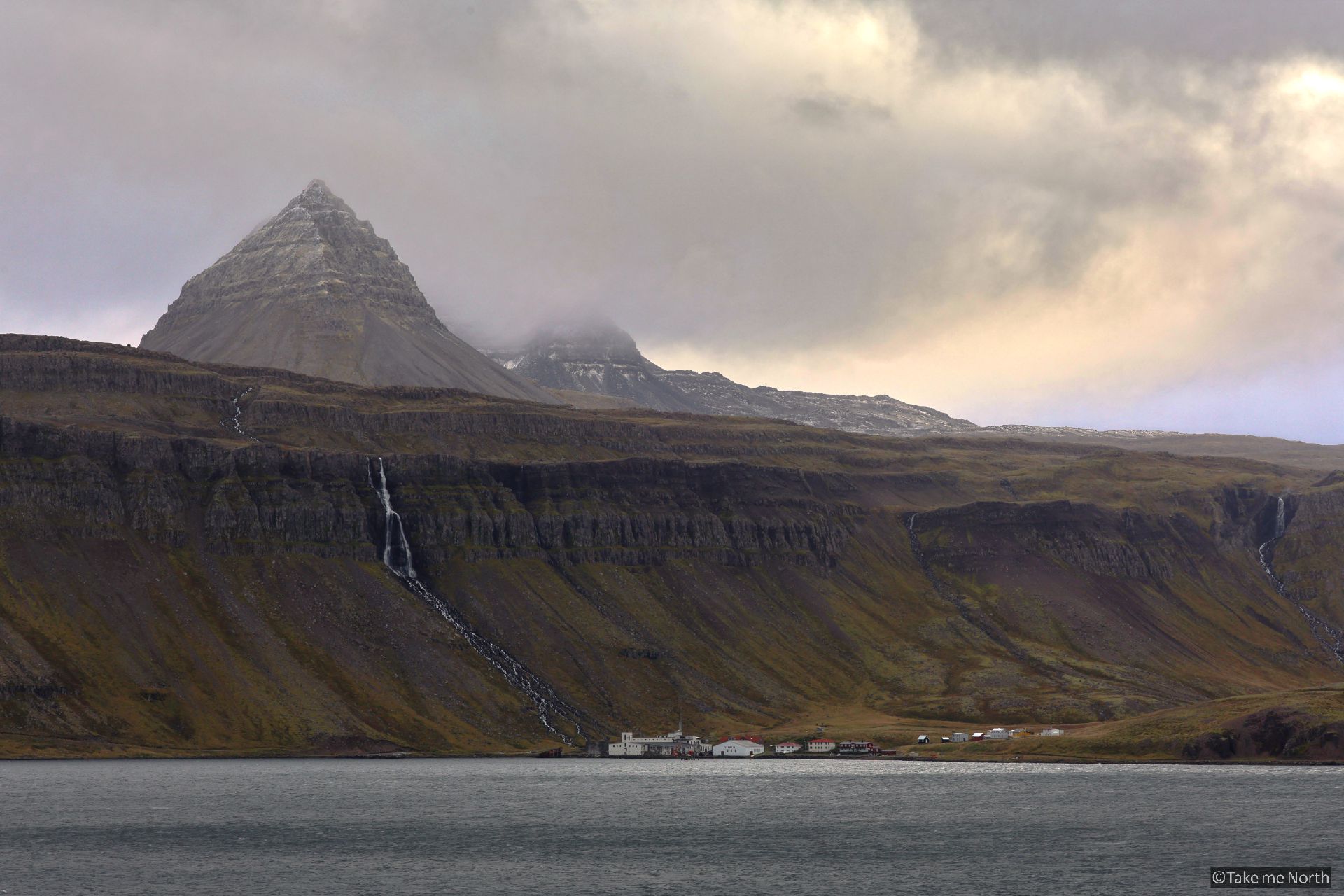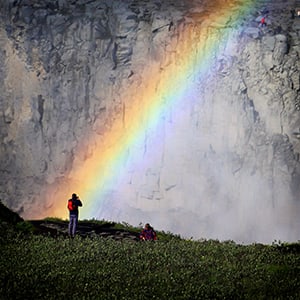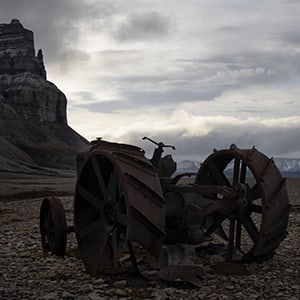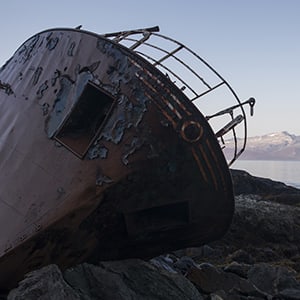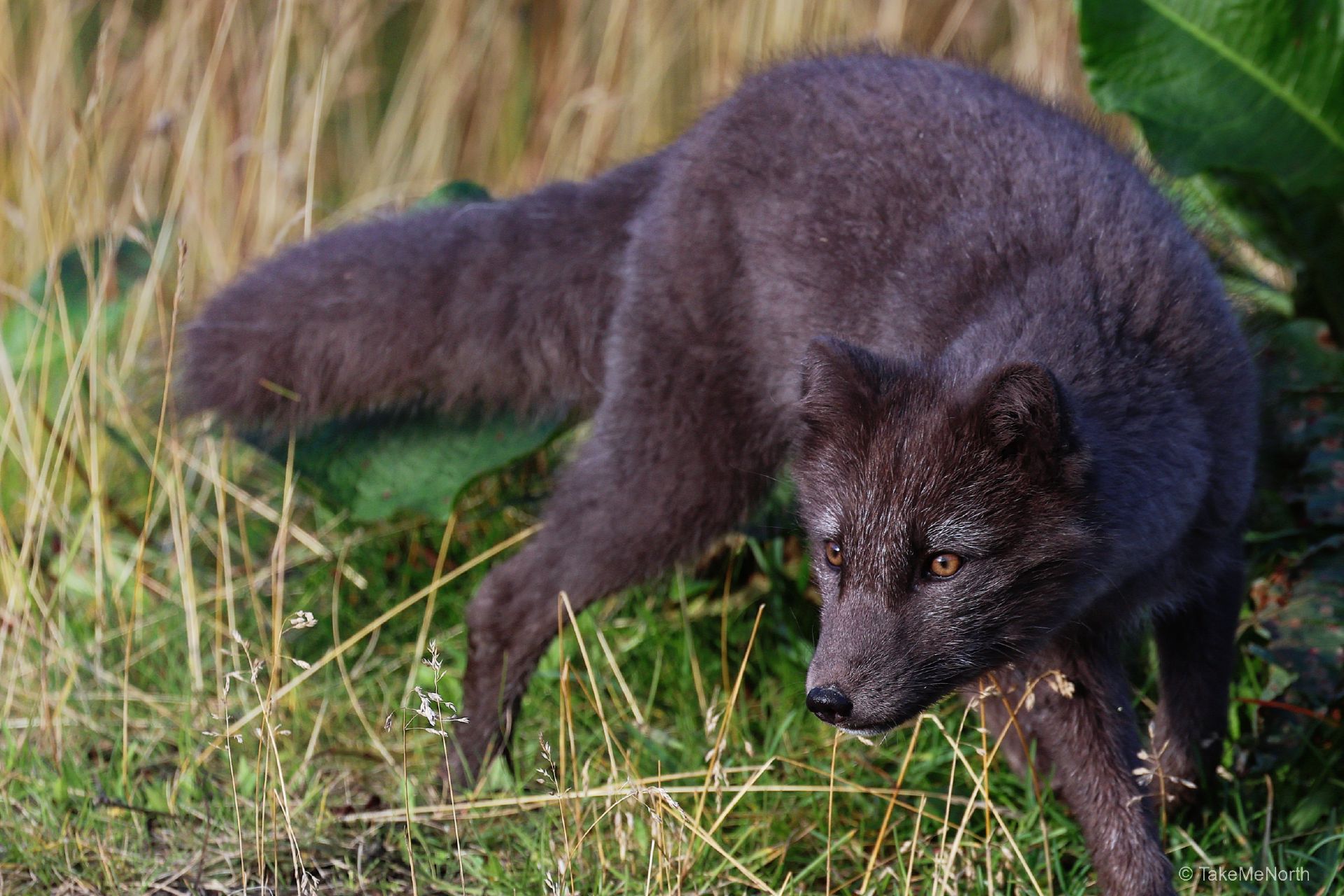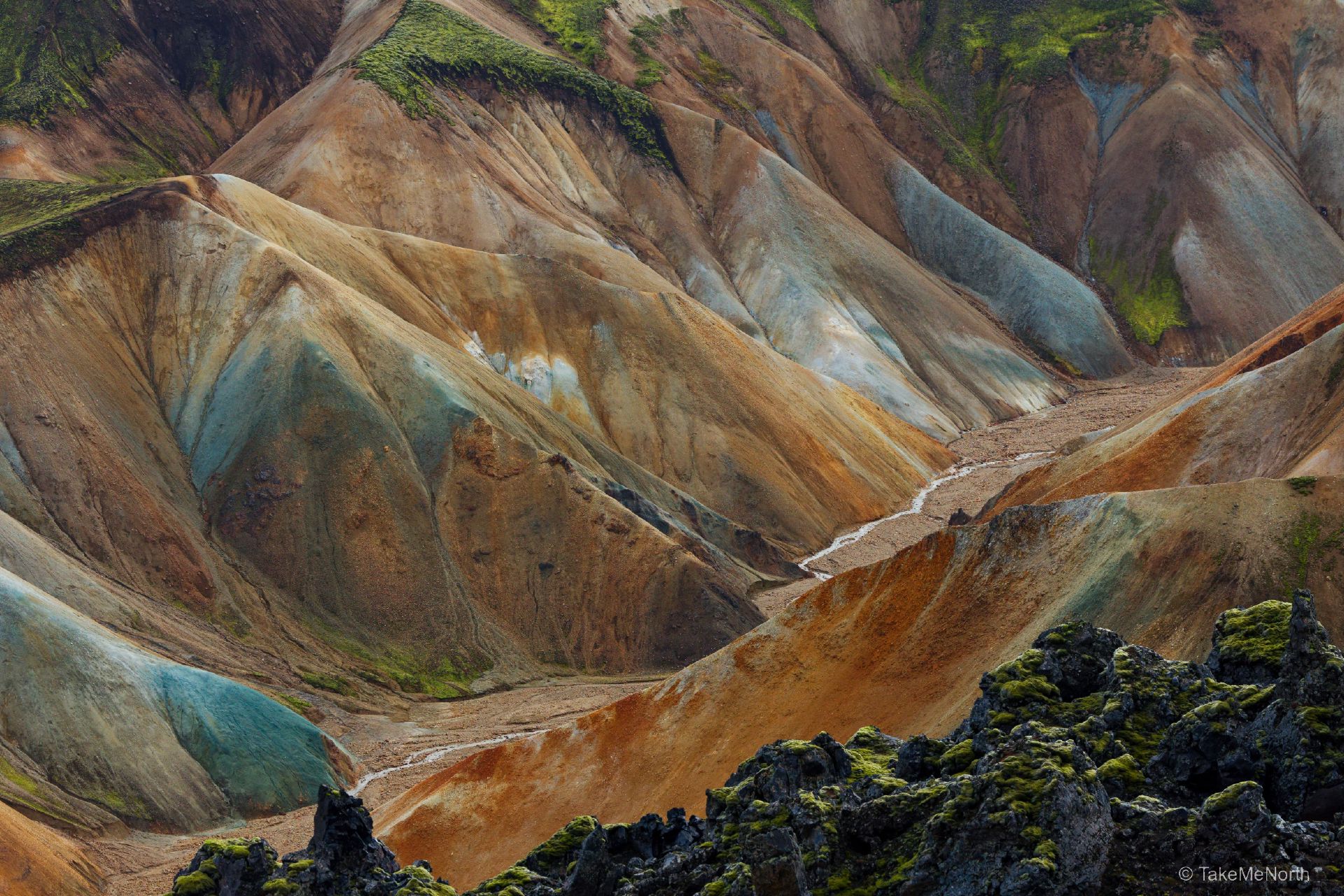Nestled deep in the Westfjords of Iceland lies Djúpavík, a tiny hamlet on the edge of Reykjarfjörður. Remote, quiet, and breathtakingly beautiful, it offers travelers a rare glimpse into Iceland’s past while immersing them in dramatic natural surroundings. Towering mountains plunge into the fjord, waterfalls cascade nearby, and the silence of the village feels almost timeless. But beneath this quietude is a history that shaped not only Djúpavík but also the broader story of Iceland’s economy and cultural connections.
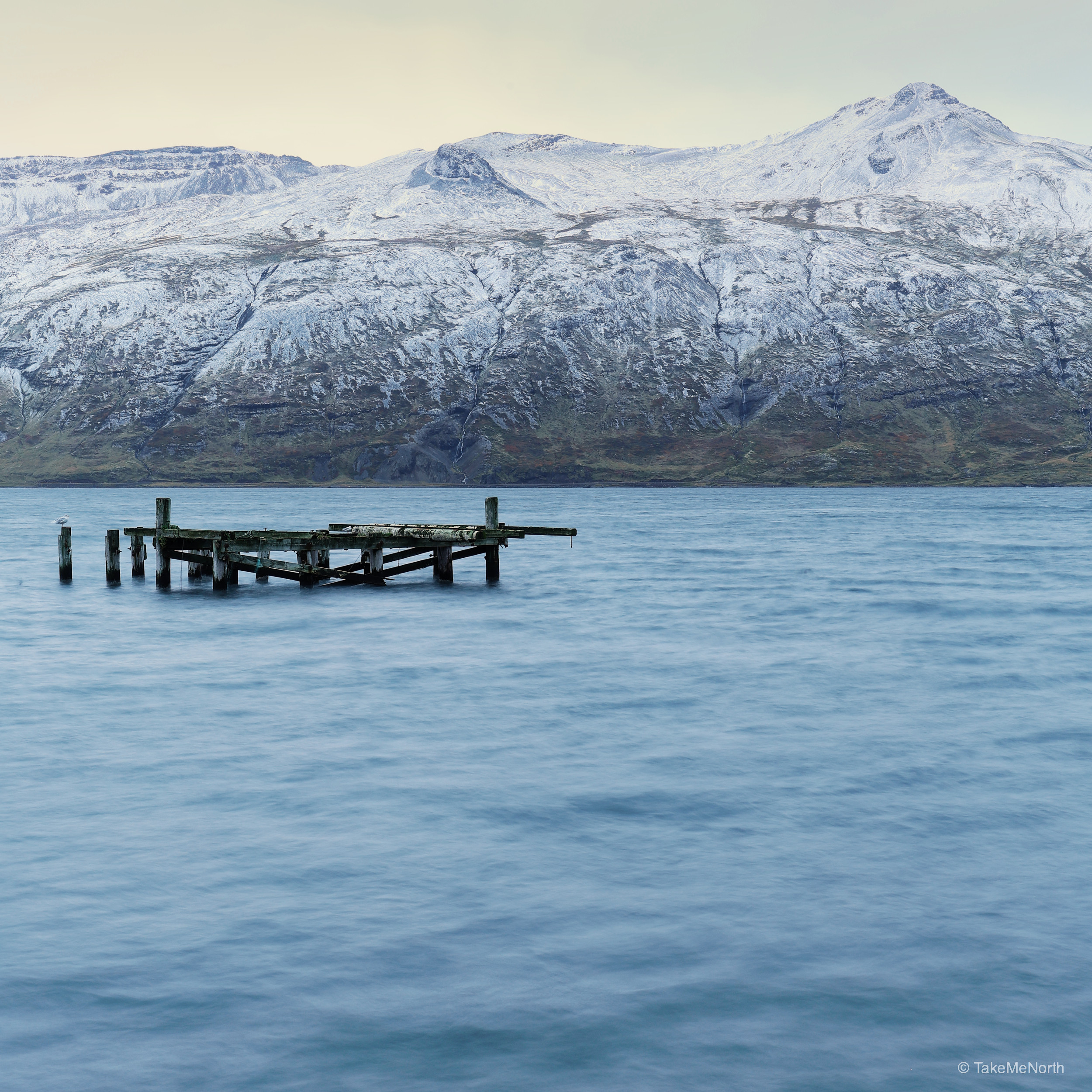
The Rise and Fall of the Herring Factory
For centuries, herring swam past Iceland in massive schools, yet Icelanders barely fished them. Locals preferred cod and other species, while foreign fleets—particularly Dutch and English—came north specifically to pursue herring. To many Icelanders at the time, the foreign obsession with the oily, silvery fish seemed puzzling. What they didn’t realize was that herring could be processed into valuable oil and meal, fueling lamps, industry, and international trade.
It wasn’t until the early 20th century that Icelanders themselves began to embrace the herring boom. One visionary entrepreneur decided to build a processing factory in Djúpavík. Construction started in 1934 and since there were no roads leading to Djúpavik, all material had to be supplied by ship. During construction, the builders had to be remarkably resourceful. Initially, there were plans to purchase a brand-new boiler from Germany, but it soon became clear that no ship could transport such large equipment to the remote site, nor was there any way to unload it on-site. Instead, they acquired an old steamship, sailed it to Djúpavík, and dismantled it on location. The massive boiler was then rolled into position entirely by manual labor. Electricity for the factory was supplied by four German-built diesel engines, salvaged from submarines and an Icelandic guard ship.
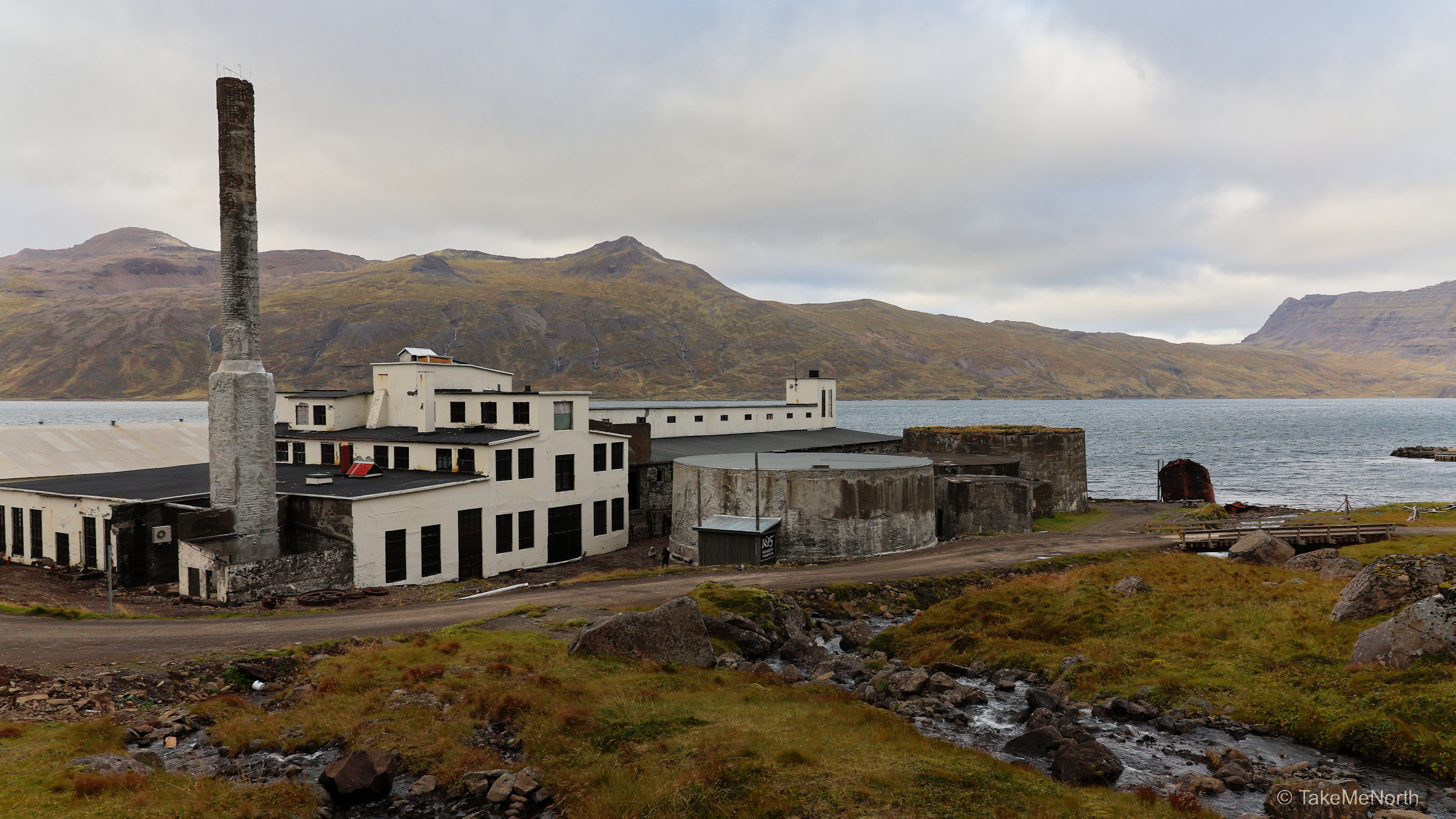
Despite the primitive conditions, construction was completed within a year and the factory was operational by summer 1935. The Djúpavík factory was one of a dozen new herring oil and meal factories built in Iceland. However, it stood out as the first fully automated fish processing plant in Europe. Conveyor belts carried the herring directly from the dock into basement storage rooms, then on to coal-fired steam cookers, oil-extraction presses, coal-fired dryers, and finally to meal grinders. Electric fans blew the hot fish meal through external ducts for cooling before directing it to the upper level, where 100 kg bags were filled and prepared for transport.
The gamble paid off spectacularly: the massive investment—then one of the largest industrial undertakings in the country—was recouped within just two years thanks to the extraordinary abundance of herring and the high demand on European markets.
For a brief moment, Djúpavík flourished. The factory was the largest concrete buildings in Iceland, and the village buzzed with life as workers arrived, ships filled the fjord, and the factory operated day and night. Yet this golden age proved fleeting. By the 1950s, herring stocks collapsed almost overnight due to overfishing and changing migration patterns. The once-mighty factory was shuttered, and Djúpavík fell silent again—leaving behind an evocative ruin, now preserved as a monument to Iceland’s “herring era.”
A Basque Connection
Long before the herring boom, the waters around Iceland had already drawn international interest. As early as the 17th century, Basque whalers and fishermen ventured north into Icelandic waters in search of whales and cod. Their presence left a mark on Icelandic culture: Basque words found their way into the Icelandic language, and stories of both cooperation and conflict remain part of the oral tradition. Though Djúpavík itself grew from later industrial developments, the Basque presence underscores the broader historical pattern of foreign seafarers being drawn to Iceland’s rich and sometimes unforgiving waters. This layer of history reminds visitors that Djúpavík is not just about herring—it belongs to a much longer story of human endeavor at the edge of the Arctic.
Preserving the factory’s legacy
Today, the old herring factory still stands thanks to the dedication of its current owner, who has poured countless hours and resources into ensuring its survival. Instead of letting the building decay into rubble, they have stabilized its vast concrete walls, cleared its interiors, and turned the space into both a historical site and a cultural venue. Summers now see the factory come alive once more. Not with the clatter of machinery, but with art exhibitions, concerts, and guided tours that allow visitors to experience its atmosphere and history.
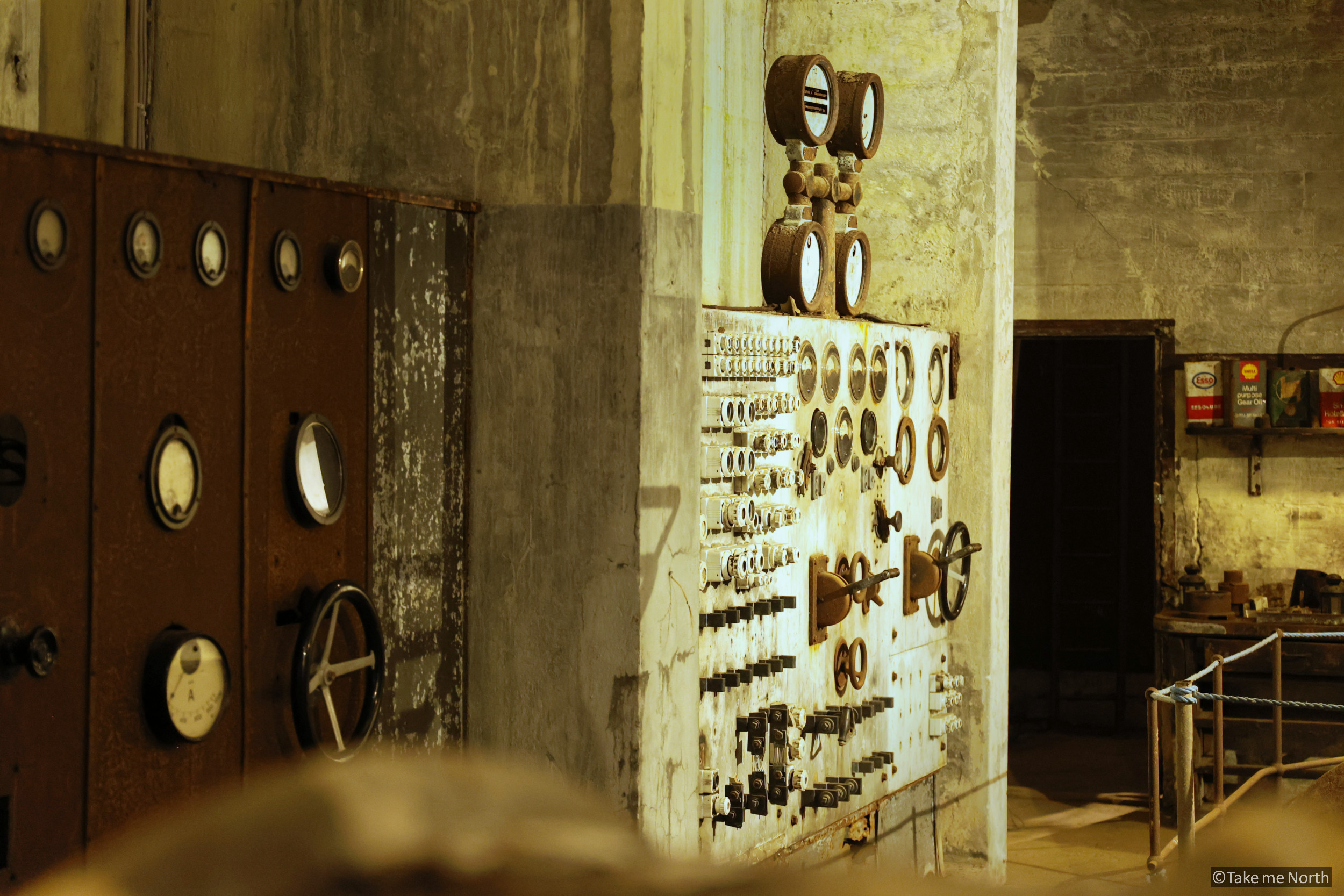
The generator room with its control panels.
This preservation effort is not just about nostalgia; it’s about protecting a vital chapter of Iceland’s industrial heritage. Maintaining such a massive structure in the remote Westfjords is no small task: the elements are harsh, the logistics challenging, and funding scarce. Yet the owner’s determination ensures that the story of Djúpavík remains accessible to future generations, balancing remembrance with renewal. The factory has become a living monument—part ruin, part cultural beacon—linking Iceland’s past struggles with its creative present.
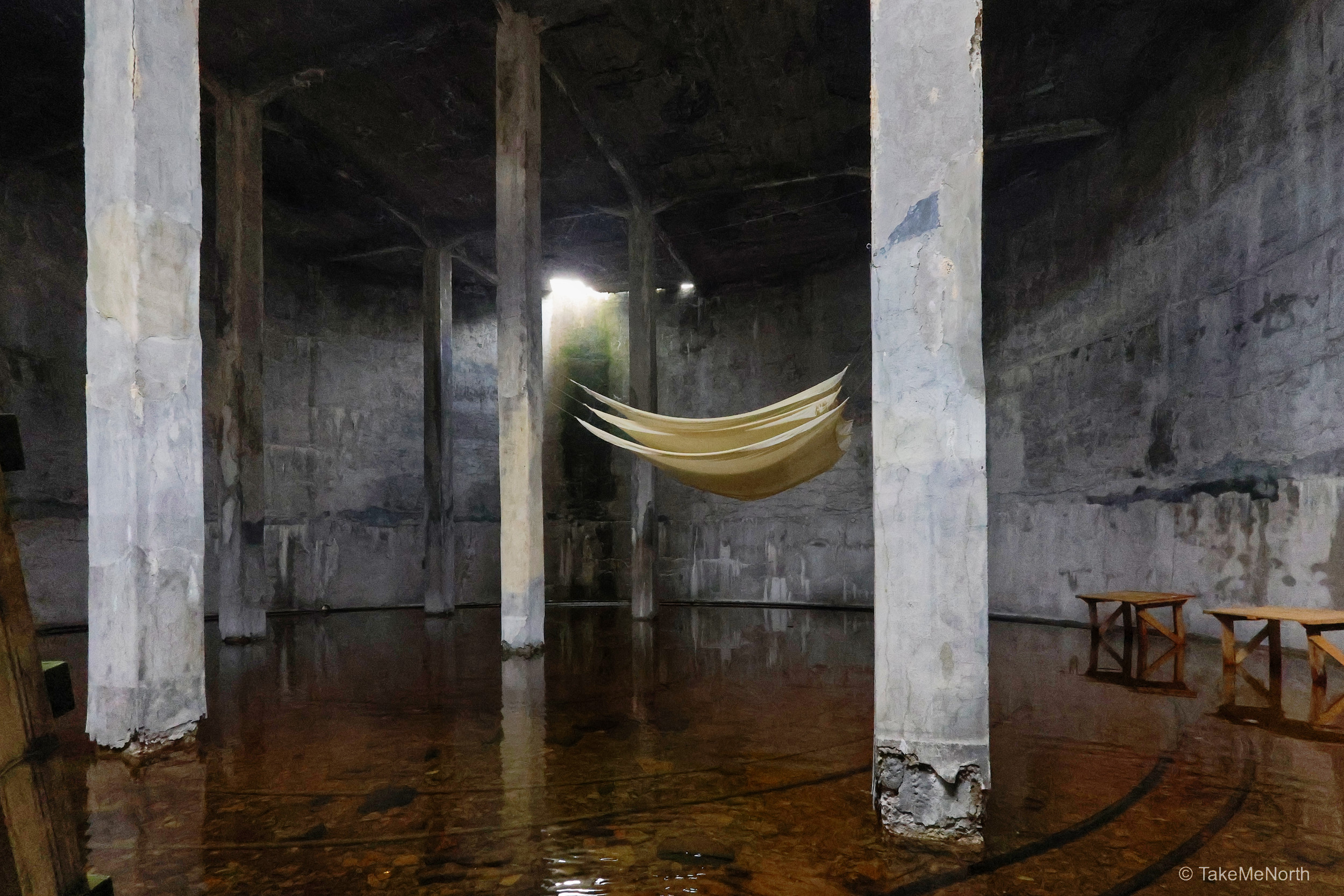
The three large fish oil silos are now used for exhibitions.
In my opinion, this building deserves a Unesco World Heriage Label. Visiting Djúpavík is like stepping into a dialogue between past and present. It’s a reminder of Iceland’s resilience, the ebb and flow of human fortunes, and the enduring beauty of nature. For those who make the journey, Djúpavík offers more than just scenery, it offers a story that truly inspired me.
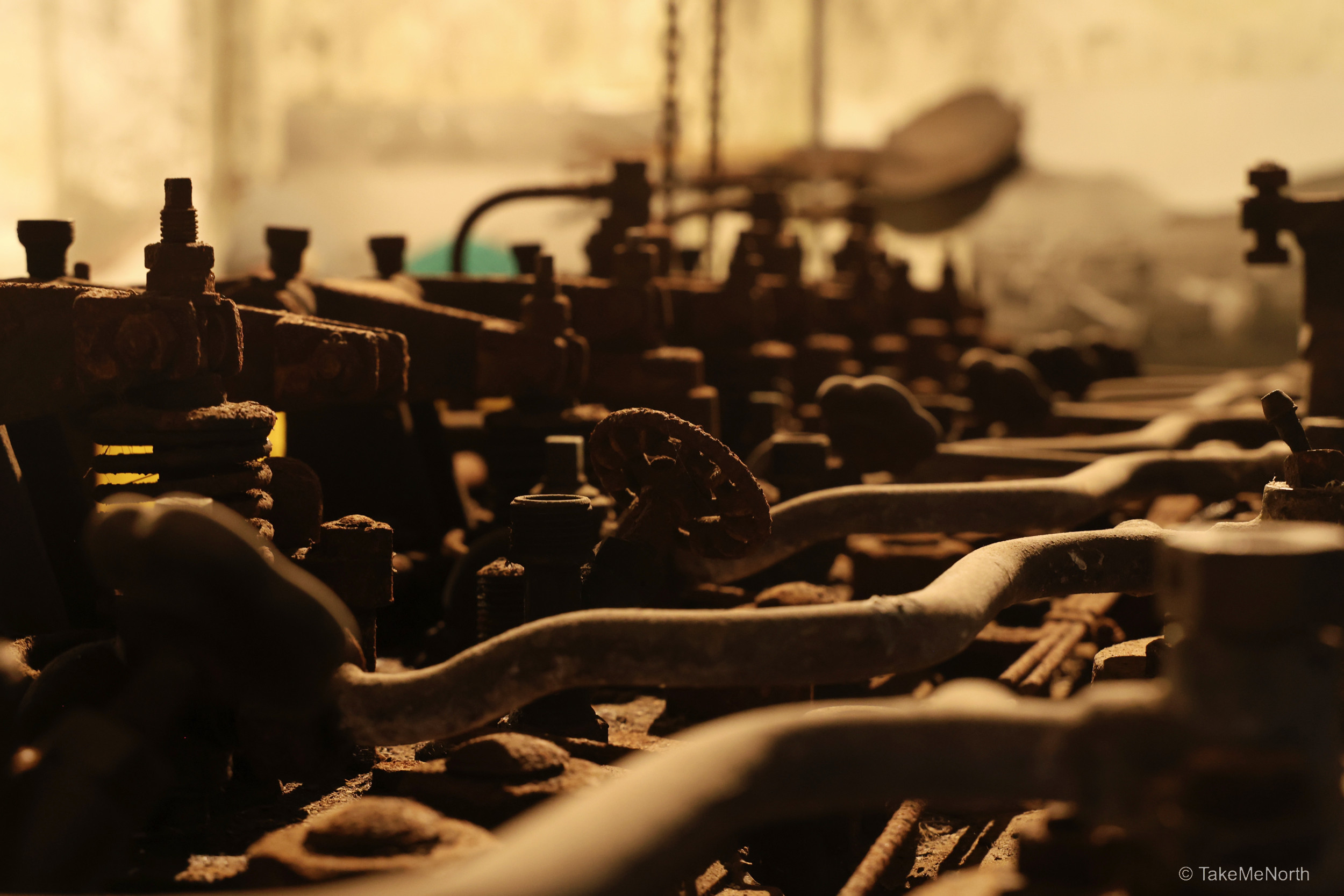
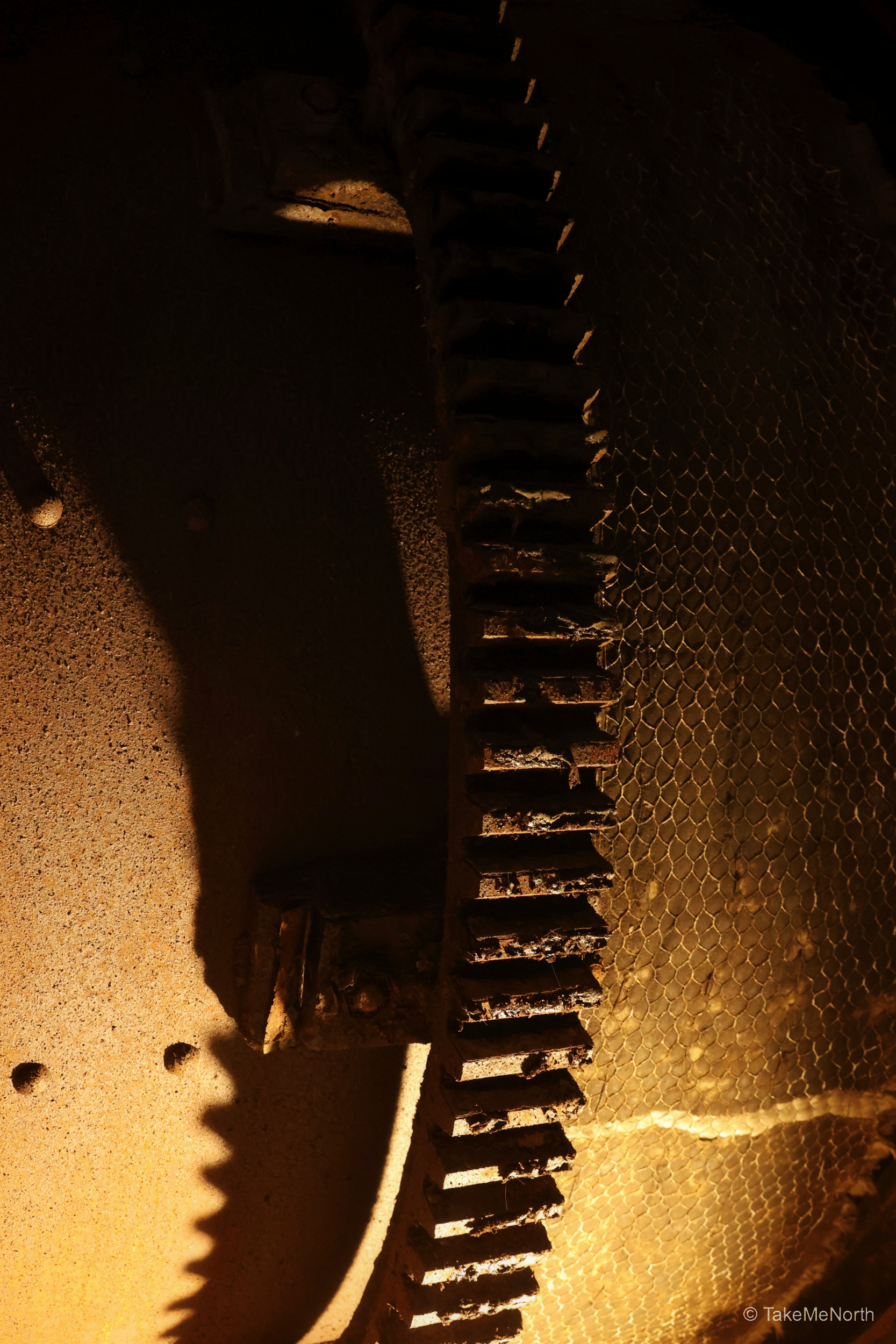
Details of the machinery in the herring factory.
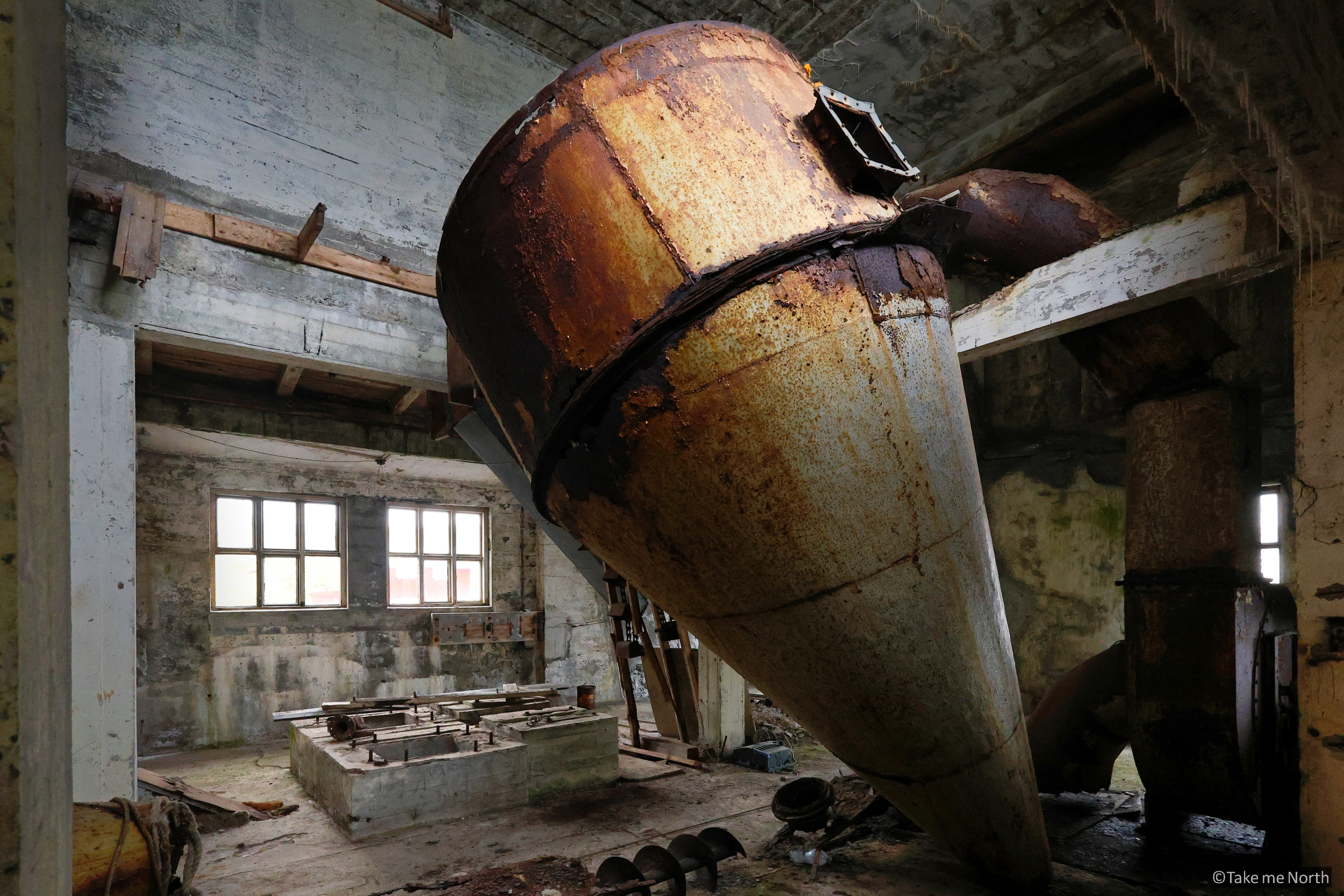
A collapsed fish meal silo.
The road less taken
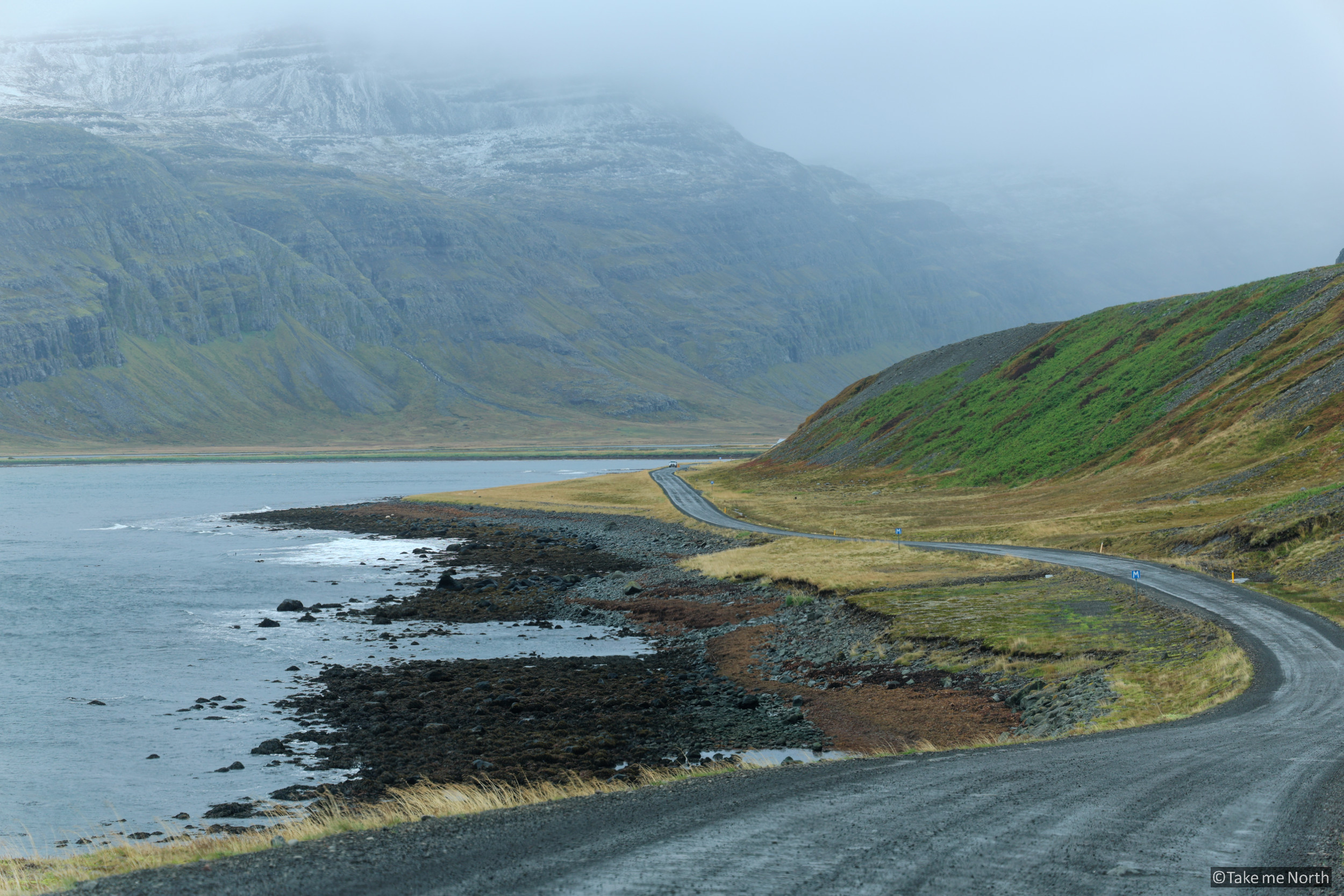
The gravel road 643 winds along the coastline.
While tourism in Iceland’s Westfjords has been steadily increasing, not every corner of the region feels the same rush of visitors. Djúpavík remains a quiet outpost where time seems to move differently. The village is only accessible in summer, when snow and ice finally release the narrow mountain roads, allowing travelers to reach this secluded corner of the coast.

Road 643 to Djúpavík. First snow often appears at the end of september.
